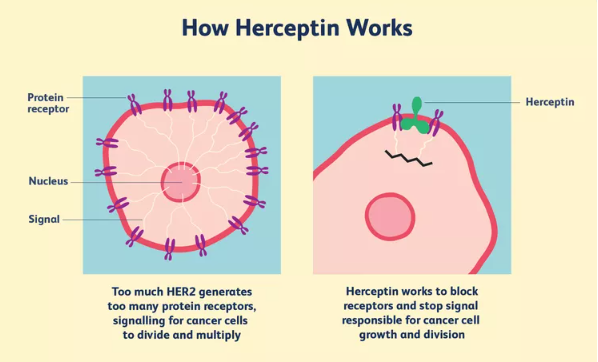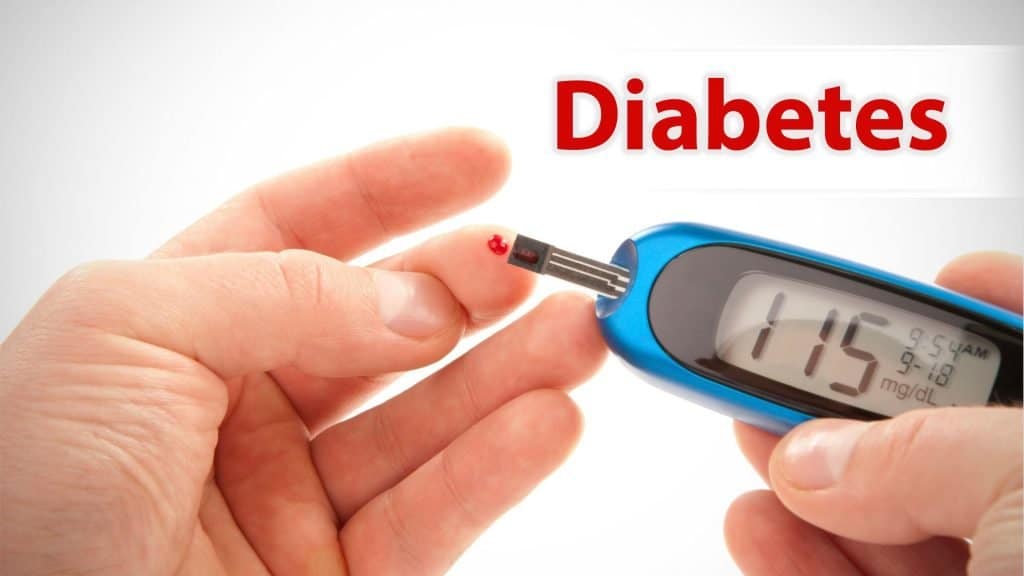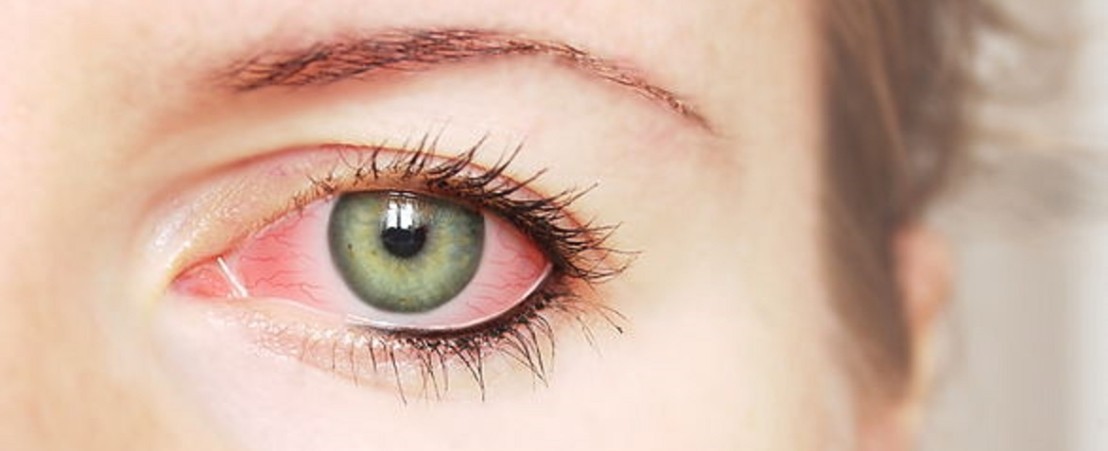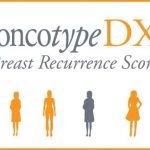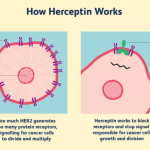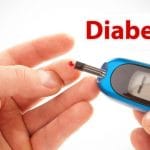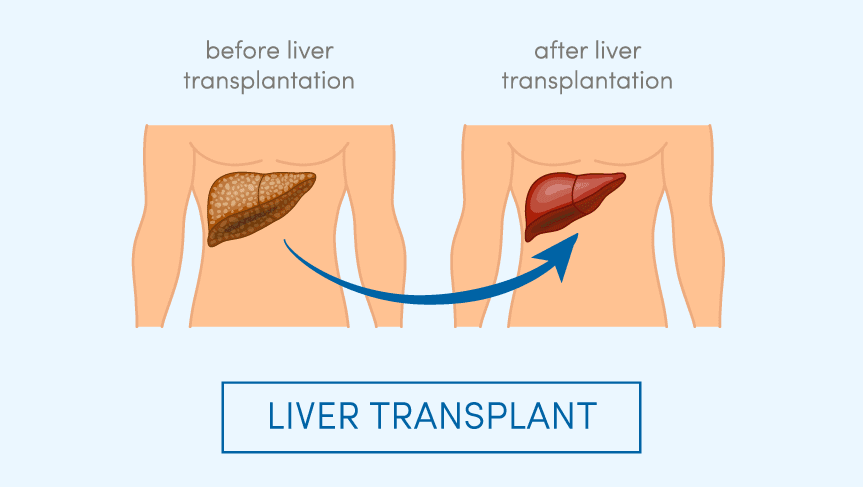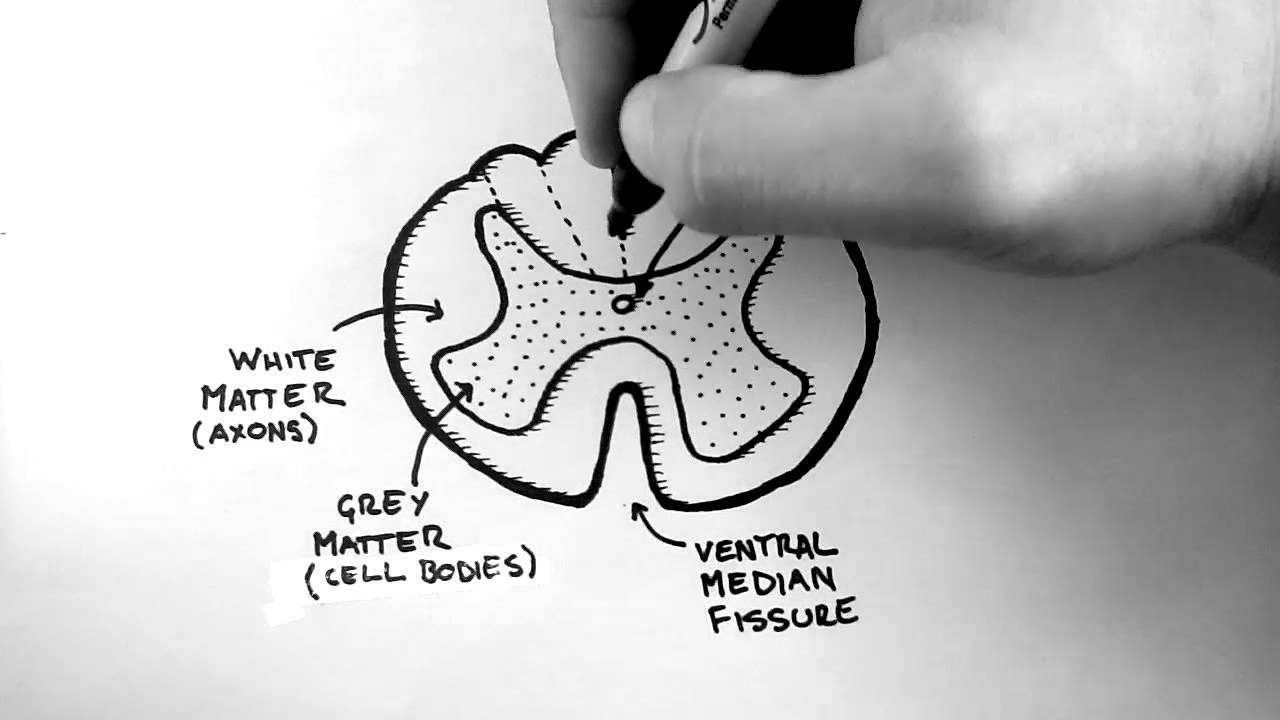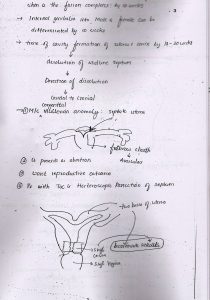BLOOD PHYSIOLOGY Study Notes for Medical Students
- Total circulating blood is 8% of total body weight
- Active bone marrow forming the blood cells is called red marrow and inactive marrow is called yellow marrow. Inactive marrow is filled with fats.
- 75% bone marrow belongs to white blood cells producing myeloid series
- Neutrophils and monocytes are produced from a single precursor. There are se[arate pools for progenitors of megakaryocytes, lymphocytes, erythrocytes, eosinophils, and basophils
- Mast cells, Kupfer cells, dendritic cells, osteoclasts and Langerhans cells also originate from bone marrow
- Best source of hematopoietic stem cells is umbilical cord blood
- Average half life of neutrophils in circulation is 6 hours
- Nutrophils, eosinophils, and basophils are collectively called granulocytes/polymorphonuclear cells
- Eosinophils are abundant in GIT and respiratory mucosa
- Mast cells are abundant in areas rich in connective tissue eg beneath epithelium
- Monocyte leave the circulation and become macrophages in tissues. They do not reenter the circulation.
- Pluripotent uncommitted stem cells become committed by the action of IL1, IL6 followed by IL3(I,3,6 commits the stem cells, kind of love guru )
- Cytokines are hormone like molecules that act generally in paracrine fashion
- IL1 increases slow wave sleep and reduces appetite
- Platelets don’t have nuclei.They have half life of 4 days
- Splenectomy causes an increase in circulation platelets.
- Cytoplasm of platelets contains actin, myosin, glycogen, lysosomes, and two types of granules: a. Dense granules: they have nonprotein substances. They contain serotonin and ADP b. Alpha granules: contain clotting factors, PDGF
- Platelet production is controlled by colony stimulating factor and thrombopoietin. Thrombopoietin controls the maturation of megakaryocytes and is produced by kidney and liver.
- Osmotic fragility of RBC starts at 0.5% saline. Almost half the RBCs are lysed at 0.40 to 0.42% saline. Complete lysis occurs at 0.35% saline.
- 2.5 % hb in adults is HbA2
- Hb F has the ability to decrease the polymerization of deoxygenated HbS. Hydroxyurea causes HbF production and is used in treatment of HbS
- Blood group antigens are called aglutinogens
- Blood group antibodies are called agglutinins
- Blood group antigens are also present in salivery gland, saliva, kidney, pancrease, liver, lungs, testes, semen, and amniotic fluid
- A and B antigens are actually oligosaccharides that differ in their terminal suger. In RBCs they are mostly OLIGOSPHINGOLIPIDS and in other tissues they are glycoprotiens.(past MCQ)
- An antigen called H antigen is present in all RBCs in all individuals. In blood group A the A antigen is attached to H antigen, in blood group B the B antigen is attached to H antigen where as in blood group O no antign is attached to H antigen i.e terminal part of blood group O is H antigen(past MCQ). Blood group AB has both antigens at the terminal.
- Bilirubin rarely penetrates Blood brain barrier in adults. But in neonates and fetus the BBB is permeable to it an in erythroblastosis feotalis it causes KERNICTERUS
- If whole blood is allowed to clot and clot is removed, remaining is called serum. (plasma minus factor 2,5,8,fibrinogen is called serum)(past MCQ)
- Serum has high serotonin level due to breakdown of platelets.
- Thrombomodulin is produced by all endothelial cells except that of microcicculation of brain
- Thrombin is procoagulant in circulation blood. It becomes anticoagulant when it binds to thrombomodulin
- Lymph has lower protein content than plasma.
- Blood Storage
Storage of different blood products
- Whole blood is stored at 4° C for 3 weeks.
- Packed cells (RBCs) are stored at 1-6° C for 35 days.
- FFP (fresh frozen plasma) and cryoprecipitate can be stored at -40° C for 2 years.
- Platelets are stored at 22° C for 5 days
- mitral regurgitation =pansystolic murmur
- mitral stenosis =mid diastolic murmur
- aortic regurgitation =end diastolic murmur
- aortic stenosis =ejection Systolic murmur
- pulmonary regurgitation =diastolic murmur
- pulmonary stenosis =Systolic murmur
- throtoxicosis=innocent murmur
- decrease hematocrit =continuous murmur
- Gastric Motility increased by GASTRIN
- Gastric Motility decreased by CCK
- Intestinal Motility increased by CCK
- Intestinal Motility decreased by SECRETIN
- Gastric Emptying increased by Motilin
- Gastric Emptying decreased by CCK
- Gastric secretions inhibited by SECRETIN
- If Newborn to 14 years of age the most common cause is acute lymphoblastic leukemia
- If age is between 40 to 60 most likely cause will be AML and CML
- If age is more than 60 most likely causes r CLL and CML.
- Repeated blood Transfusion…..HAEMOCHROMATOSIS
- Multiple Transfusions….HYPOCALCEMIA
- Massive Transfusion. ….HYPERKALEMIA, HYPOCALCEMIA, and HYPOTHERMIA
- -Eosinophilia present in:
Hodgkin lymphoma and polyarteritisnodosa.
-PGI2__by endothelial cells
-TXA2__by platelets - Blood transfusion induced electrolyte balance is as follows:
-hypocalcemia
-hyperkalemia
-hypothermia
-metabolic acidosis
-left shift of oxy-hem curve
Hypokalemia and Hyperkalemia Important Points
| Hypokalemia aggregates digoxin toxicity & Digoxin toxicity causes hyperkalemia |
| Hypercalcemia cause pancreatitis & Pancreatitis causes hypocalcemia |
| Acidosis causes hyperkalemia & hyperkalemia causes metabolic acidosis |
| Hypokalemia causes alkalosis & Metabolic alkalosis causes hypokalemia |
| Hypokalemia inhibit insulin releases & Insulin causes hypokalemia |
| Insulin deficiency causes hyperkalemia & Hyperkalemia causes insulin release. |
| Hypokalemia causes rhabdomyolysis & Rhabdomyolysis causes hyperkalemia |
| Sodium influx causes depolarization & Potassium efflux causes hyperpolarization |
